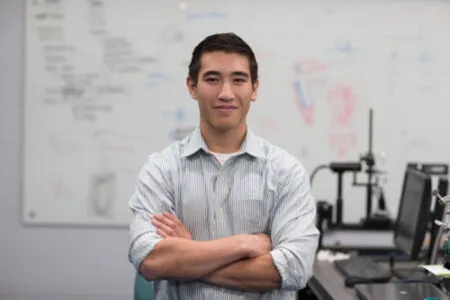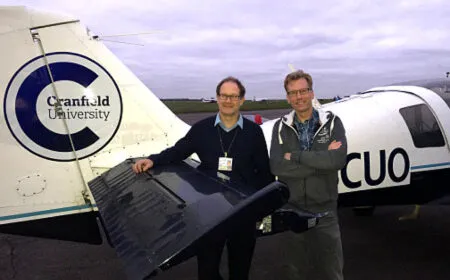Matt Asper from the University of Virginia reveals how ground-based tests are helping to solve the challenge of ice-accretion at high altitudes
Browsing: Opinion
Human factors research is contributing to developing a better understanding of a pilot’s response to unusual flight conditions,
Emergent technologies are providing some of the most exciting developments in the aerospace world. Is the current flight test community fit to assess them?
Is it easier to test at high or low altitude? While high-altitude testing brings its own set of human challenges, flight in a low-level environment brings completely different conditions and difficulties
The world of aerospace testing is no stranger to extreme conditions, but which end of the temperature envelope is the more challenging?
Is it time you considered a Combined Test Team approach to improve efficiency through elimination of redundant testing?
Flight simulation is undoubtedly a valuable part of the aerospace testing process, but has technological development in the field stagnated?
A favored saying of safety engineers is, ‘There are no new accidents, only new victims’. Does this apply to aerospace testing in the modern era?
From the outside, a career in aerospace testing seems as glamorous and exciting as ever. Is this really the case? Are we in a golden age? And are those that disagree guilty of looking back through rose-tinted spectacles?
Peter Kelley, a former senior metrologist at the National Weights & Measures Laboratory and training development manager at the United Kingdom Accreditation Service (UKAS), takes a look at the difference between calibration and testing, at metrological traceability and uncertainty in measurement, and considers the significance of possible measurement errors in final test and calibration results




